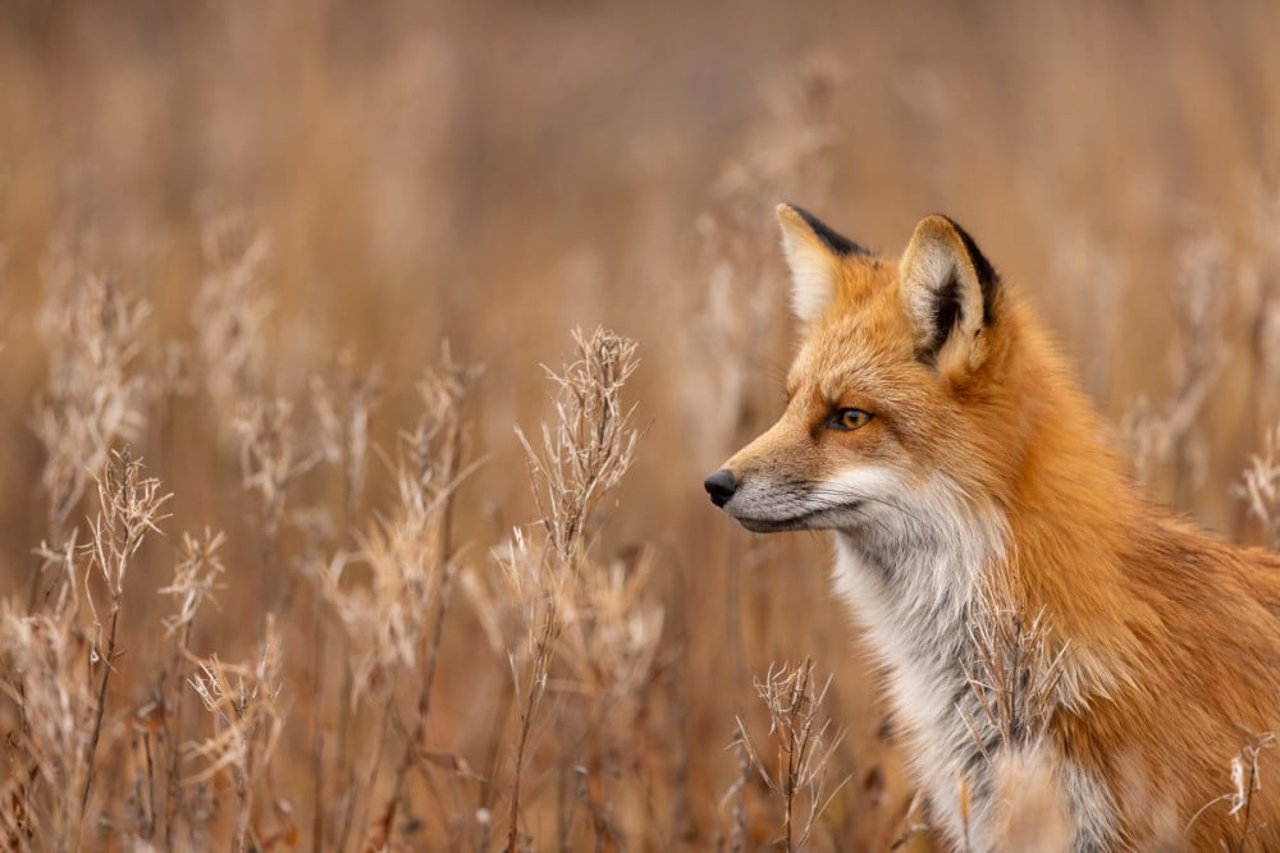
Ever wondered why foxes are such mysterious creatures, popping up in folklore and fairy tales around the globe? Foxes hold a special place in our hearts and imaginations, but how much do we really know about these cunning animals? From their incredible adaptability to their surprising diet, foxes are full of surprises. Did you know that foxes can use the Earth's magnetic field to hunt or that they have some of the most diverse habitats of any mammal? Let's dive into the world of foxes and uncover 12 fascinating facts that will make you see these clever creatures in a whole new light. Get ready to be amazed by the secret life of foxes, where every fact is more intriguing than the last.
Key Takeaways:
- Foxes are clever hunters, using Earth's magnetic field to catch prey and communicating through a variety of sounds. They play a vital role in their ecosystems, controlling populations of rodents and insects.
- Foxes are diverse creatures, with over 30 species worldwide. They face threats from habitat loss and hunting, but conservation efforts aim to protect and preserve these fascinating animals.
Understanding Fox Behavior
Foxes exhibit some of the most intriguing behaviors in the animal kingdom, making them subjects of curiosity and fascination. Known for their cunning nature, these creatures have adapted to various environments across the globe.
-
Foxes use Earth's magnetic field as a hunting tool. Like a guided missile, they pounce on their prey in a characteristic leap known as "mousing." This technique increases their hunting success rate, especially in snow-covered areas.
-
They communicate through an array of sounds. Over 20 different calls help foxes interact with one another. These range from howls and barks to more subtle noises for close-range communication.
Foxes in Human Culture
Foxes hold a special place in human culture, appearing in folklore, stories, and even as symbols in various societies.
-
In many cultures, foxes are depicted as symbols of cunning and trickery. For instance, in Japanese folklore, the Kitsune is a fox that can transform into a human, often playing tricks on unsuspecting people.
-
Despite their wild nature, foxes have been domesticated in some parts of the world. The famous Russian domesticated foxes experiment started in the 1950s, showing that with selective breeding, foxes could exhibit dog-like behaviors and become more friendly towards humans.
The Diversity of Fox Species
Foxes are more diverse than many people realize, with species found in almost every part of the world.
-
There are over 30 species of foxes, but the red fox is the most common and widespread, inhabiting both rural and urban areas across the entire Northern Hemisphere.
-
The Fennec fox, native to the Sahara Desert, has distinctive large ears that help dissipate heat and locate underground prey.
Foxes and Their Environment
Foxes play a crucial role in their ecosystems, acting as both predators and prey.
-
As opportunistic feeders, foxes help control populations of rodents and insects, contributing to the balance of their habitats.
-
Urban foxes have adapted remarkably well to city life. They can navigate complex urban environments and find food in gardens, parks, and even trash cans.
Conservation Efforts for Foxes
While many fox species are adaptable, some face threats from habitat loss and hunting.
-
The Darwin's fox, native to Chile, is one of the world's most endangered fox species, with habitat destruction posing a significant threat to its survival.
-
Conservation efforts for foxes include habitat restoration, legal protection, and in some cases, vaccination programs against diseases like rabies, which can decimate fox populations.
Foxes in Popular Media
Foxes frequently appear in popular media, capturing the hearts of audiences worldwide.
-
Disney's "The Fox and the Hound" is a classic film that highlights the friendship between a fox and a hound, showcasing the complex relationships between humans, pets, and wild animals.
-
In modern video games, fox characters often embody traits of agility, cleverness, and mystery, appealing to players who admire these qualities.
A Final Nod to Foxes' Mystique
Foxes, with their cunning nature and striking beauty, have always been subjects of fascination and folklore. These creatures, adaptable and elusive, thrive in diverse habitats around the globe, from icy Arctic tundras to dense urban landscapes. Their ability to navigate the earth's varied environments with grace and resilience speaks volumes about their survival skills. Foxes, embodying a blend of mystery and charm, continue to captivate us, whether through their playful antics or the folklore that surrounds them. As we've journeyed through the world of foxes, it's clear they're not just another animal; they're a testament to the wonders of the natural world. Their stories, both real and imagined, remind us of the beauty and complexity of wildlife. So, next time you catch a glimpse of a fox's bushy tail disappearing into the wilderness, remember, you're witnessing a living legend.
Frequently Asked Questions
Was this page helpful?
Our commitment to delivering trustworthy and engaging content is at the heart of what we do. Each fact on our site is contributed by real users like you, bringing a wealth of diverse insights and information. To ensure the highest standards of accuracy and reliability, our dedicated editors meticulously review each submission. This process guarantees that the facts we share are not only fascinating but also credible. Trust in our commitment to quality and authenticity as you explore and learn with us.


